
8 minute read
LYNN HLAING, Dapper Dan: A Harlem Hero
from The Thread
Dapper Dan: A Harlem Hero
by Lynn Hlaing
Advertisement
Couturier, hip-hop legend, fashion icon. Daniel Day, better known as Dapper Dan, has been a maven of the fashion and hip-hop world for nearly half a century now. The Harlem-native has dressed Jay-Z, Mike Tyson, Eric B. and Rakim, and Diane Dixon among others and his name remains a cultural reference in numerous rap lyrics from Jay-Z’s “U Don’t Know,” and Pusha T’s “M.F.T.R.” to Tyler the Creator’s “Odd Toddlers.” Dapper Dan has played a pivotal role in the adoption of high fashion in hip-hop, the rise of streetwear, and the birth of “logo-mania,” which covers the coveted items of major fashion labels. Why then has a man so pivotal in modern day fashion been shunned for so long by mainstream fashion? Why is he remembered with an infamous legacy as “The King of Knock-offs”?
Dapper Dan has long been an icon in American fashion, and the godfather of streetwear and high fashion in the hip-hop world, but his rise in American fashion has been marred with difficulties in the industry and in gaining
exposure stemming from racial prejudices. Born and raised in Harlem, Daniel Day grew up on 129th Street and Lexington Avenue with seven other siblings. By the age of 13, he had mastered gambling, gaining him the moniker “Dapper Dan.” In an interview with Nas for Interview Magazine, he spoke briefly of his inspirations to join the world of fashion. He had always liked clothing and with his knowledge of all the hustlers in Harlem, Dapper Dan sought to open a clothing store and cater to Harlemites, but there were obstacles. “I didn’t know that I wasn’t going to be able to buy from wholesalers and stuff. I didn’t know racism was going to keep me from expanding. I had no idea until I got involved that I couldn’t go to wholesalers and buy like other stores could,” he remarked in his interview with Nas, but he also claimed that these hurdles were what changed his game. From there, Dapper Dan became the go-to man for his work with textile printing and furs, developing special inks for printing on leather and supplying many Harlem locals
with his custom fur garments. Those very same methods for printing on leather and textile usage became part of Dapper Dan’s trailblazing vision for using luxury house textiles to tap into a growing portion of people who wanted the appeal of logos and branding on their own garments. “The label is everything,” he said. “The label is the thing the gangster clientele use to let the other gangsters in the street know, ‘You ain’t got what I got.’ The label or logo sets you apart.” Luxury houses wouldn’t launch apparel in the same way for years. As brands wouldn’t source their textiles to him, Dapper Dan would go into these luxury stores, buy up all of their garment bags, and then refashion them into original garments that would be sold at prices rivaling the prices of items sold at these luxury boutiques at his very own store, Dapper Dan’s Boutique.
The rise of his boutique in the early 1980s paralleled a rise in the popularity of hip-hop, boosting his renown with gangsters, hustlers, and high-profile clientele in the hip-hop industry—people who wanted to look good to match their newfound fame and infamy. As more and more high-profile clien-
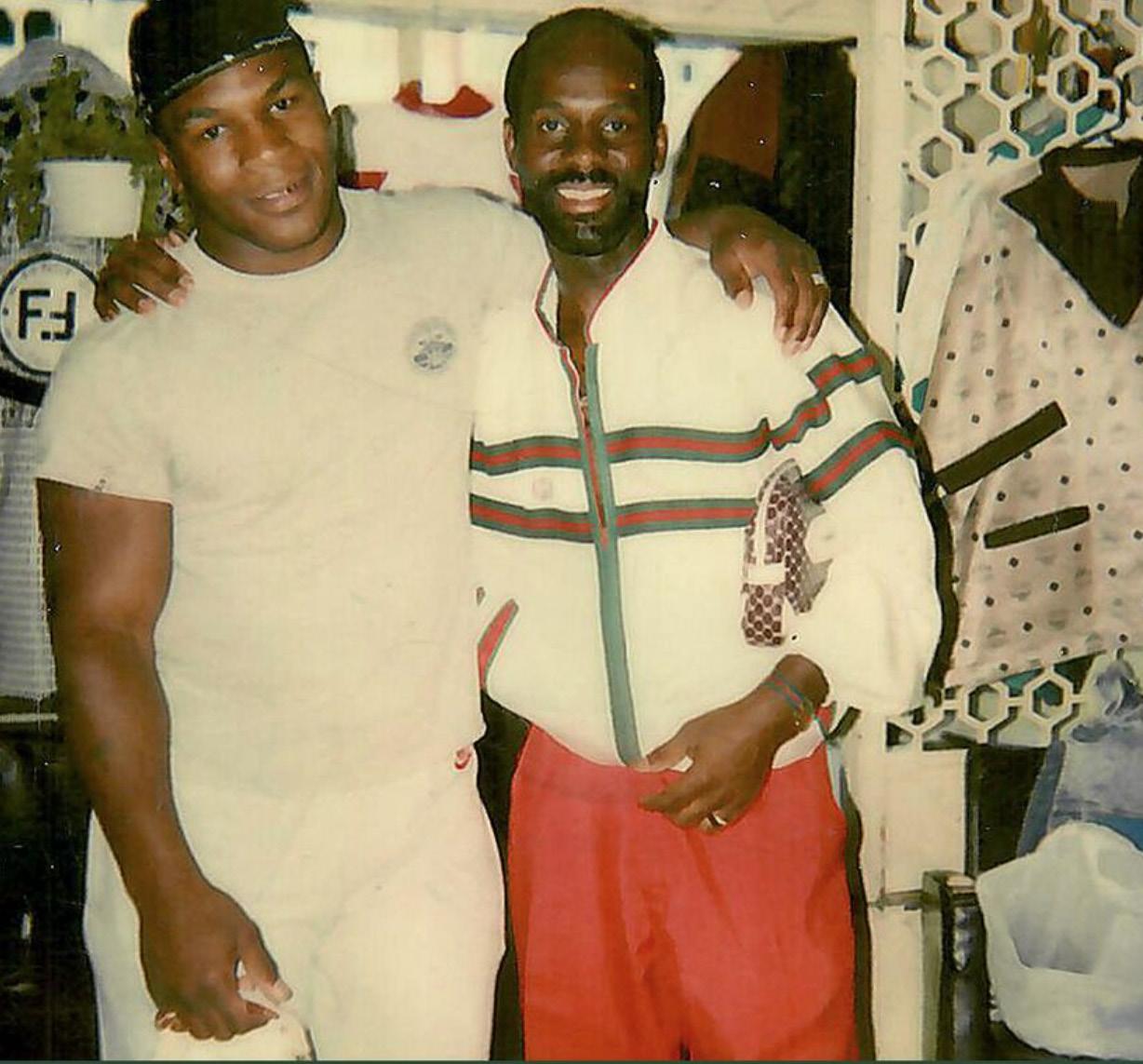
tele saw Dapper Dan garments as wardrobe staples, he became known in cities all over the country from Philadelphia to Los Angeles. His style and method worked much like the hip-hop scene at the time; Samira Nasr, Editor-in-Chief of Harper’s Bazaar remarked, “Sampling was taking existing music and slicing it to recreate new sounds for original lyrics. Dap was sampling in a way. He was taking existing fabrications and breathing new life and beauty into them.”
But, his gain in momentum met resistance: major fashion houses were taking notice—and not in a good way. In 1988, Dapper Dan regular Mike Tyson’s appearance in the newspapers after his brawl with boxer Mitch Green outside of Dapper Dan’s boutique brought Dan under the attention of Fendi and other luxury brands. The fallout from that limelight began a series of raids and lawsuits over Dan’s “illegal” use of these brands’ logos in his custom designs that culminated in a 1992 Fendi lawsuit represented by then corporate attorney Sonia Sotomayor against Dapper Dan, ending with the closure of his famous boutique. Dapper Dan looking back reminisces, “my first big raid was my first big compliment,” stating that Sotomayor had looked at a full-length black-on-black plongé leather MCM with a shawl, black Glamour Mink collar and said, “Wow, this guy really belongs downtown.” After the closure of his store, high fashion adopted his approach and began printing his logos on everything and his signature baggy logo-mania look continued inspiring a generation of hip-hop’s aesthetic and bled into the style of streetwear. Dapper Dan, meanwhile, was relegated to the sidelines, hidden from mainstream fashion.
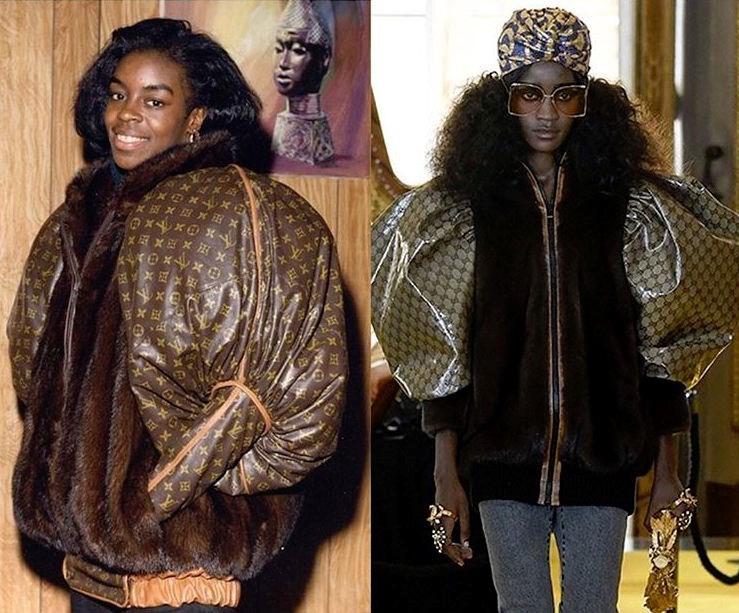
Dapper Dan’s resurgence in recent years can easily be attributed to an extreme irony; the same fashion world that sued his original boutique for using their logo and materials for “knock-offs” has knocked him off. The design behind Dapper Dan’s original 1989 custom jacket created for Diane Dixon, the Olympic Gold sprinter, was used by Gucci for its 2018 Cruise collection in the same look, opting only to use Gucci materials instead of Louis Vuitton. Yet, Gucci did not list Dapper Dan in their show notes or collaborator lists as they often do with most homages they pay or inspirations they draw from. After backlash from social media, Gucci issued a statement calling the piece an homage and Dapper Dan would go on from this incident with his own collaboration collection with Gucci, bringing Dapper Dan back into the limelight of mainstream fashion, and in partnership with Gucci, birthing Dapper Dan of Harlem, the first luxury house atelier in Harlem. The story of Dapper Dan’s influence would not stop here, nor would his relationship with Gucci and Alessandro Michele (Creative Director of Gucci).

I am a Black man before I am a brand. Another fashion house has gotten it outrageously wrong. There is no excuse nor apology that can erase this kind of insult. The CEO of Gucci has agreed to come from Italy to Harlem this week to meet with me, along with members of the community and other industry leaders. There cannot be inclusivity without accountability. I will hold everyone accountable.
Gucci would follow this meeting with an announcement regarding its first four initiatives in a long-term plan of action including global and regional directors for diversity and inclusion, a multi-cultural design scholarship program for underrepresented groups, a diversity and inclusivity awareness program within the company, and a global exchange program between its different offices. While some rightfully remain skeptical of apologies and initiatives like these in the aftermath of incidents, wary of performativity, Dapper Dan has stated in a separate Instagram post, “For those that want to continue to hate Gucci and boycott, you are entitled to do as you please. But if anyone should be boycotted, it’s the brands that won’t give our young people an opportunity to learn.” Whether Gucci’s initiatives will live up to expectations remains to be seen, but it is hopefully a step in the right direction.
Dapper Dan would once again step forward against luxury fashion’s repeat offenses against BIPOC individuals and communities. Following other gross offenses like Dolce & Gabbana’s slave sandals, Prada’s monkey keychains and Balmain’s “skin-darkening” makeup, in February of 2019 during Black History month, Gucci released a black wool balaclava jumper that included a hole for the mouth surrounded by large red lips, mimicking features that have historically been used to stereotype against Black individuals. Gucci quickly offered an apology for their offense and removed the jumper. In a statement of his own on Instagram, Dapper Dan wrote:
Since then, Dapper Dan has continued his legacy in the world of fashion, becoming a name and face that is becoming increasingly recognized today, a departure from his previous “underground” renown. For years, he had been shunned by mainstream fashion, but in the past decade, his fame has resurged. Where he began as a pioneer in streetwear and logo-mania, now Dapper Dan has become a pioneer for racial accountability in fashion.

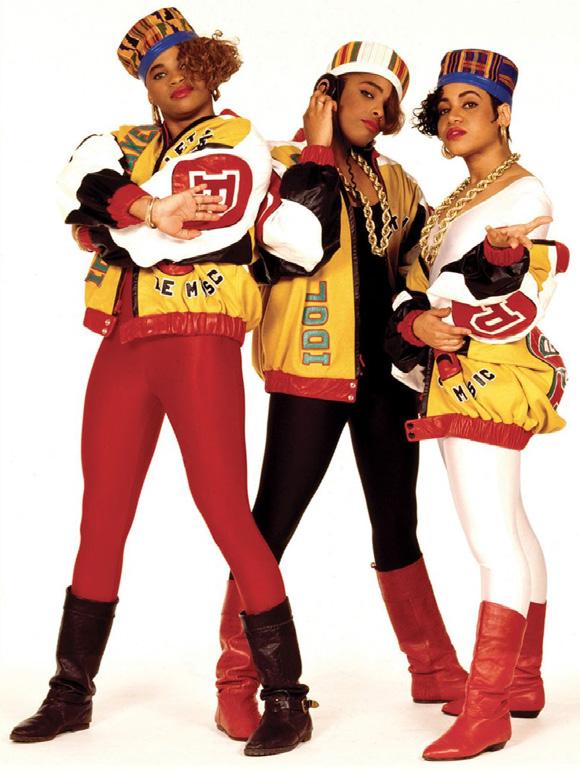
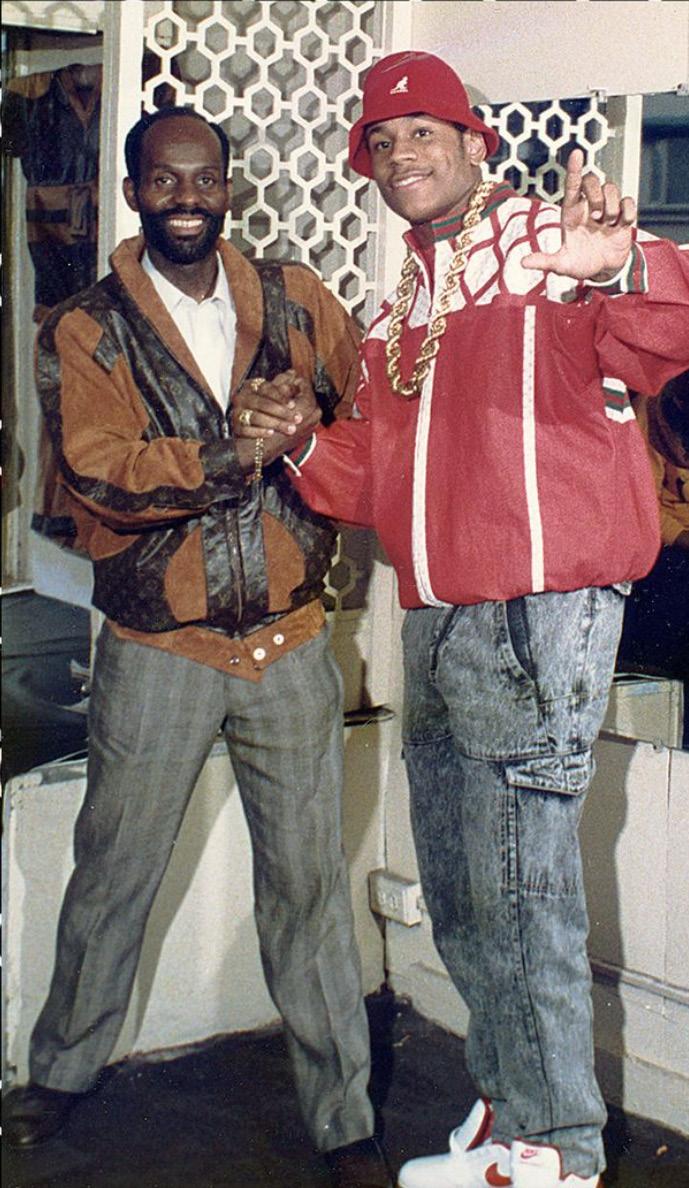
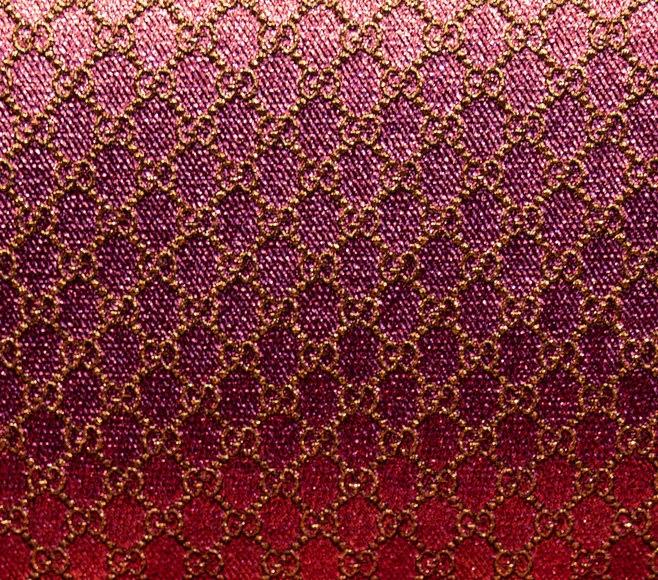
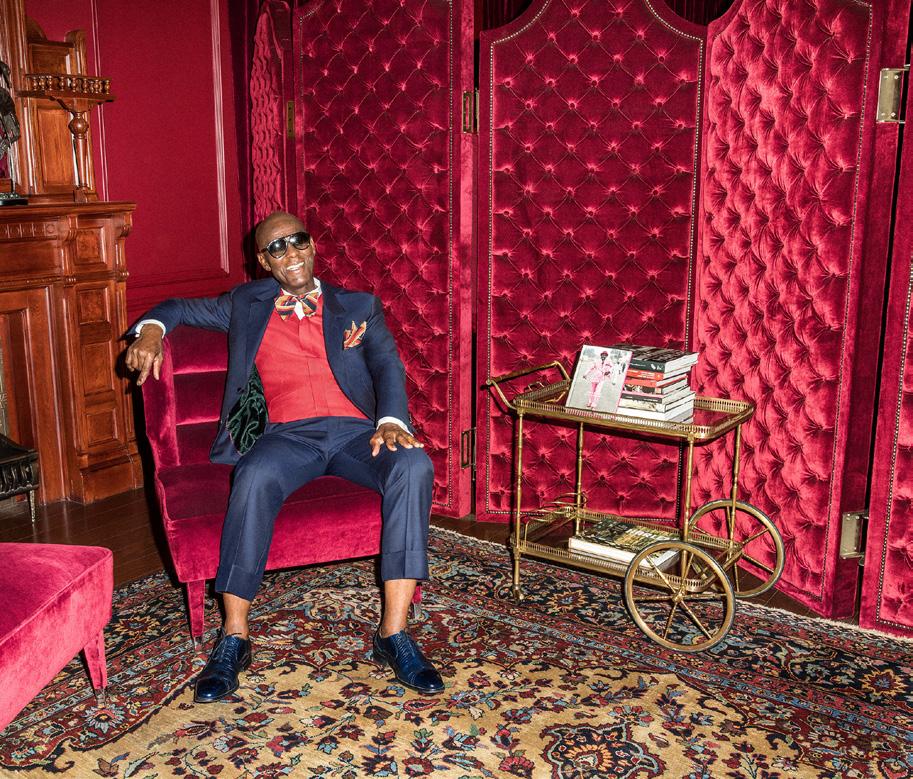
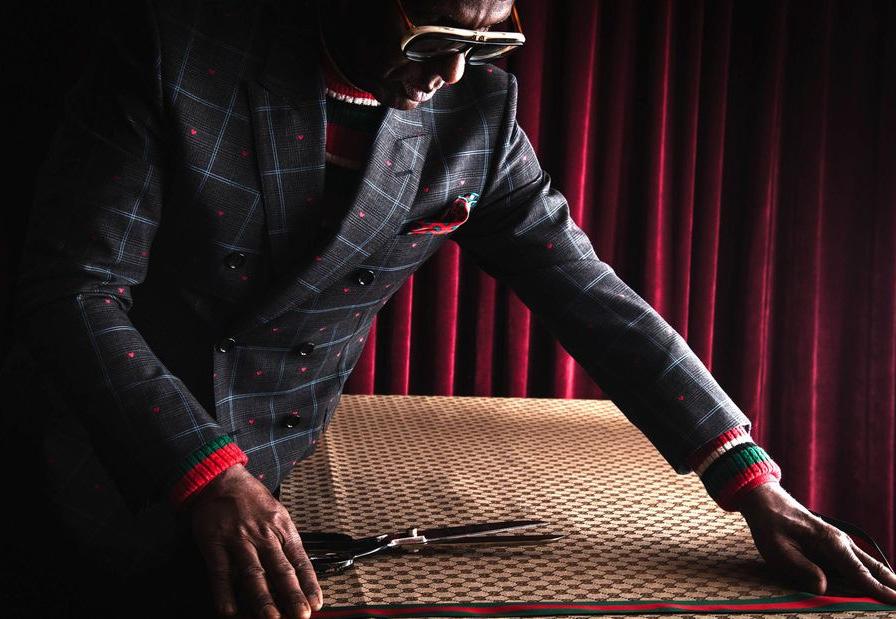
JUSTIN LI
One late night, you are wandering the streets of New York City. You are all alone, afraid, and feeling terrible from the chaotic evening. You tell yourself that you are okay, but you know nothing is ever certain. You ask yourself: will I die? The color red consumes you.
Through my art, I hope to contribute to the conversations about HIV/AIDS and LGBTQ+ inclusivity. Queer youth, and particularly those of color, are disproportionately afflicted with the virus. While the LGBTQ+ community has achieved incredible social and medical progress, it is still often considered taboo to discuss this epidemic. I hope to spread awareness about these issues through my paintings.
I wanted to extend the impact of my work as a queer activist through direct action initiatives. Combining my interests in fashion, marketing, and management, I founded Love to All Project two years ago. We are a queer-youth-run clothing brand and publication dedicated to empowering LGBTQ+ adolescents. Through apparel sales, we’ve been able to raise over $10,000 for charities like the Trevor Project. Our organization has also partnered with groups across America to provide clothing for marginalized communities. I hope to continue using art and fashion as tools for change in creating equity for the LGBTQ+ community.









